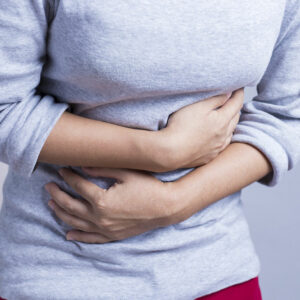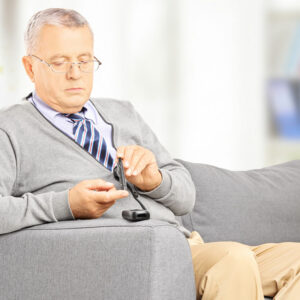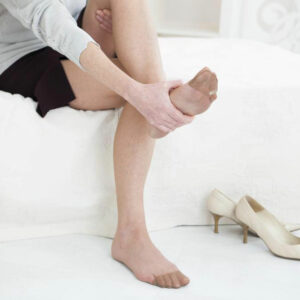
01
Know about the Various Symptoms of Neuropathy
Neuropathy refers to a generalized disease or malfunctioning of the nerves due to a variety of causes. Nerves are present throughout the body and damage in any location of this system affects the related body part. What Is neuropathy? The word is a combination of “neuro” + “pathy” where “neuro” refers to nerve and “pathy” means suffering or feeling. This is a term that is used to describe injury, damage or disease to the nerves. As a result of such damage, there can be several effects – pain, loss of sensation, loss of function or movement, impairment of gland or organ function. These damages are based on the part of the nervous system that is affected. Classification Neuropathy may be classified according to: The number of nerves affected- mononeuropathy, polyneuropathy, mononeuritis multiplex Type of nerve fiber that is involved in motor, sensory or autonomic systems Damaged or injured nerves can cause compression or inflammation Other classifications include cranial neuropathy vs peripheral neuropathy based on whether cranial nerves or peripheral nerves( those outside the brain/spinal cord system) are involved, focal neuropathy where only a single nerve or one single area of the body is involved. Terms like distal symmetric neuropathy are used to describe how distant the affected nerves are from the brain and spinal cord (central nervous system). Symptoms of Neuropathy The malfunction of any nerves results in neuropathy. The symptoms of neuropathy depend on the type, location and number of nerves involved There are two types of neuropathy symptoms: loss of functions and gain of functions. Motor symptoms include weakness, tiredness, lack of balance, muscle atrophy, cramps, and muscle twitch Sensory symptoms include numbness, tingling, and pain In general, the sensory symptoms appear first before motor symptoms that’s why early diagnosis and intervention are crucial Autonomic neuropathy symptoms include dryness of the mouth, constipation, difficult urination, lack of balance or dizziness when you stand up, sexual dysfunction, feeling of bloating after meals, nausea, vomiting, blurred vision, intolerance of heat, decreased sweating and hypoglycemia.
Read More 










